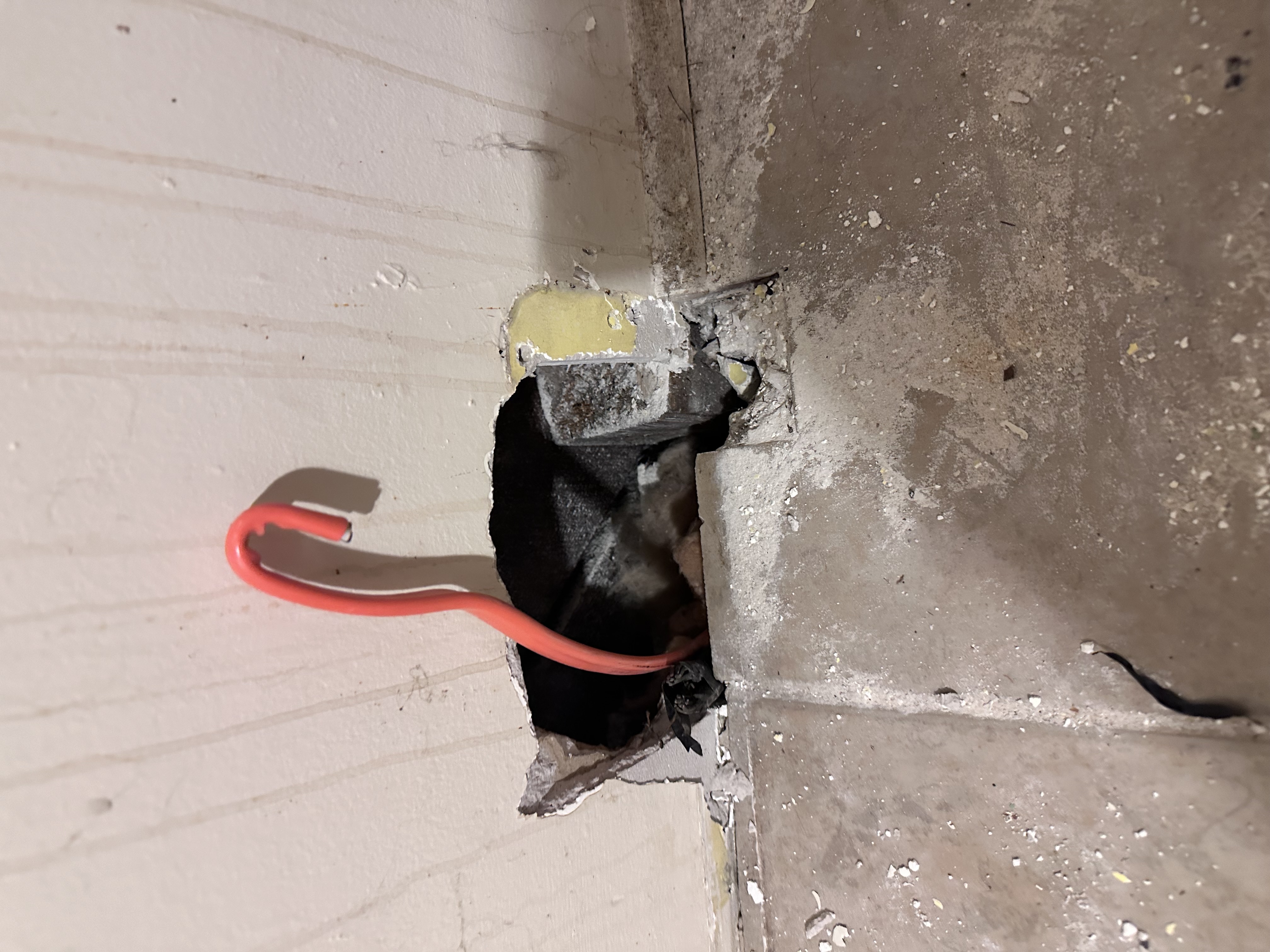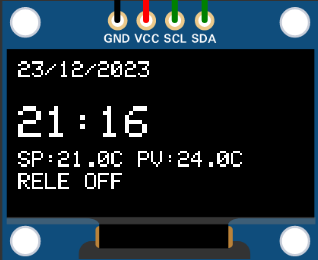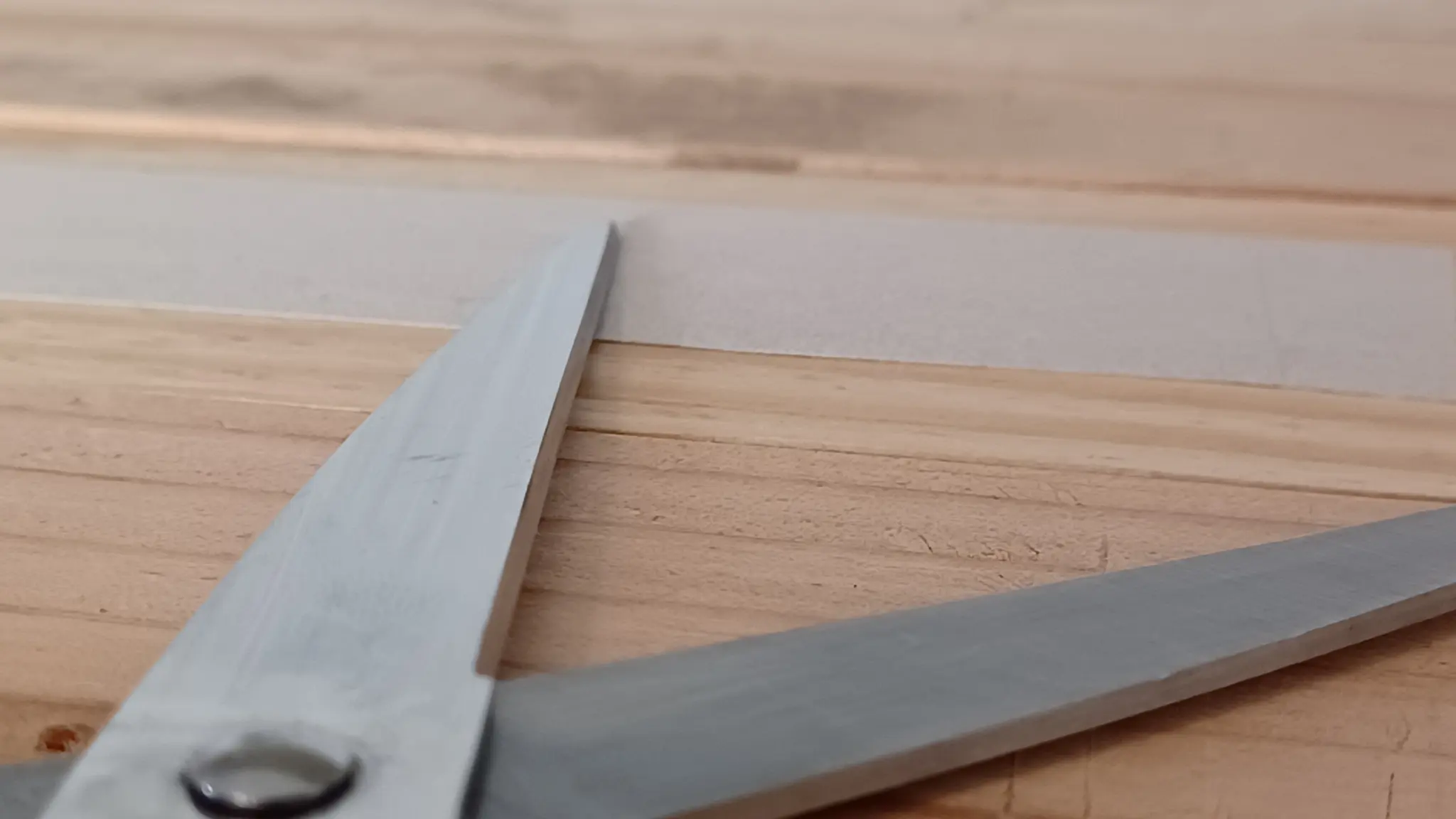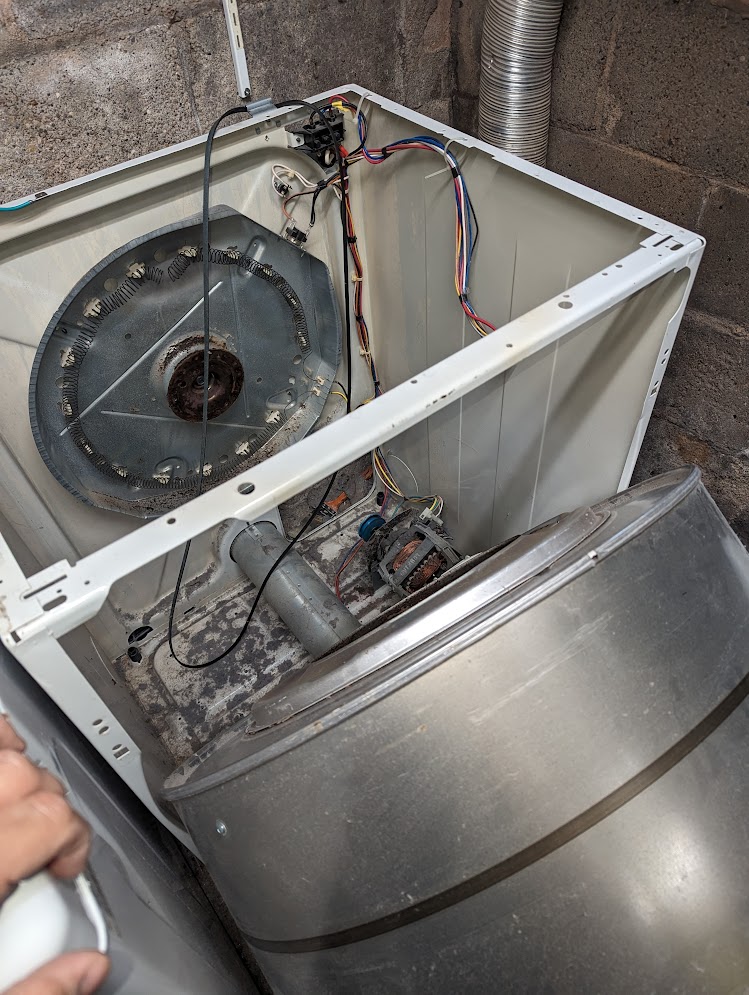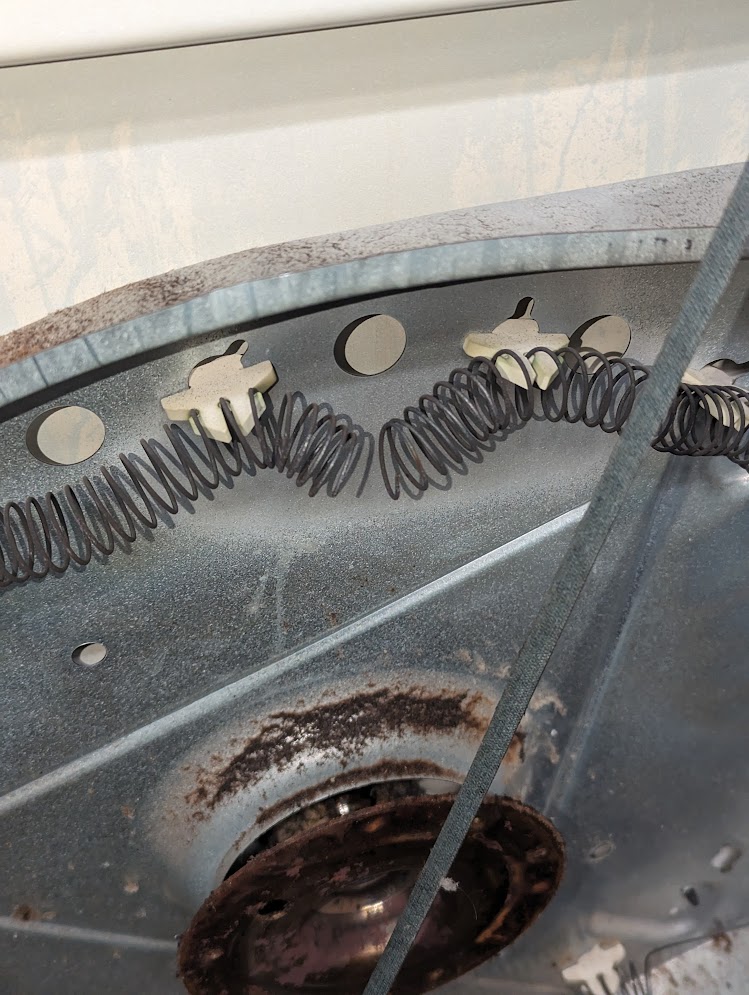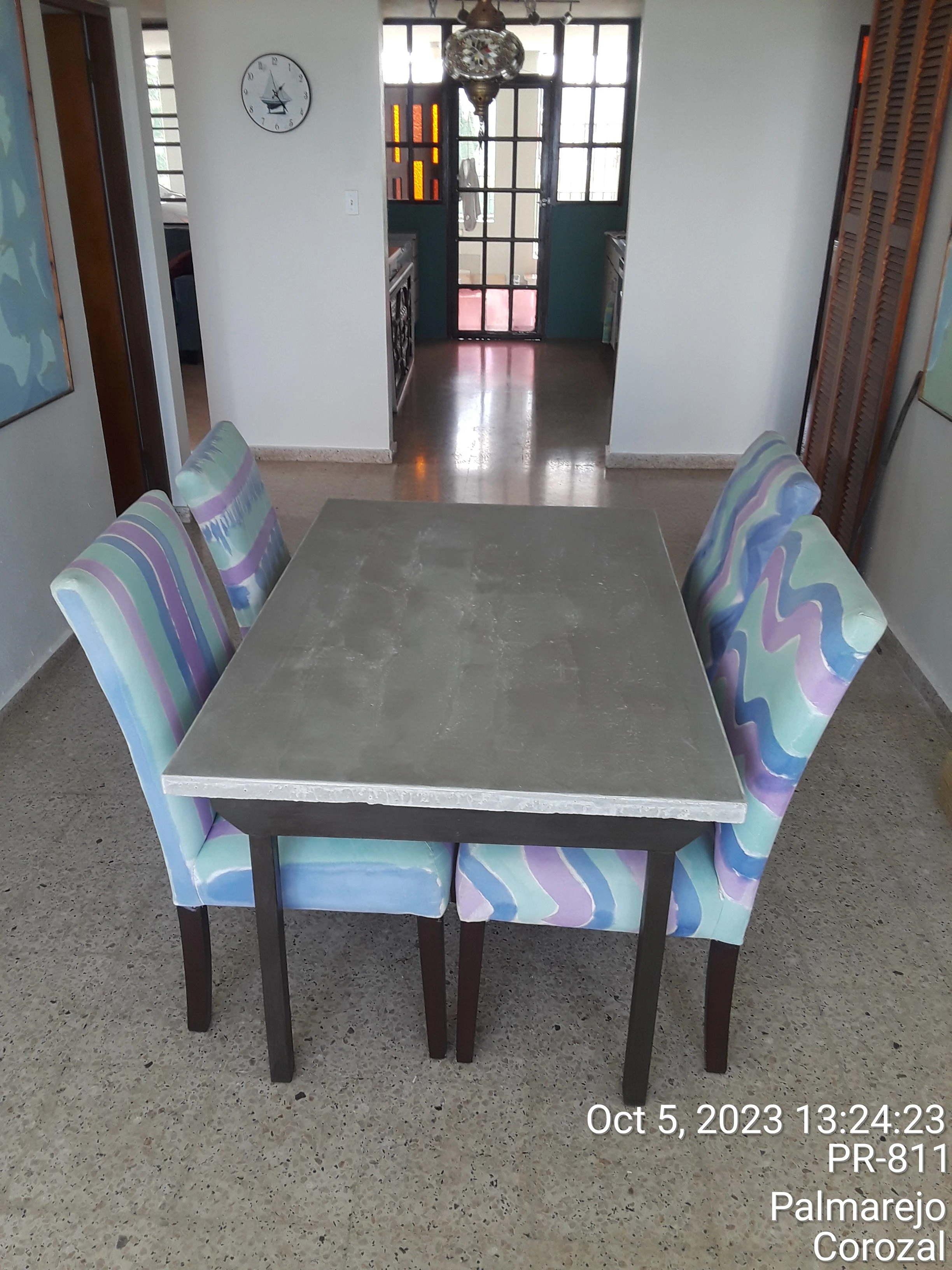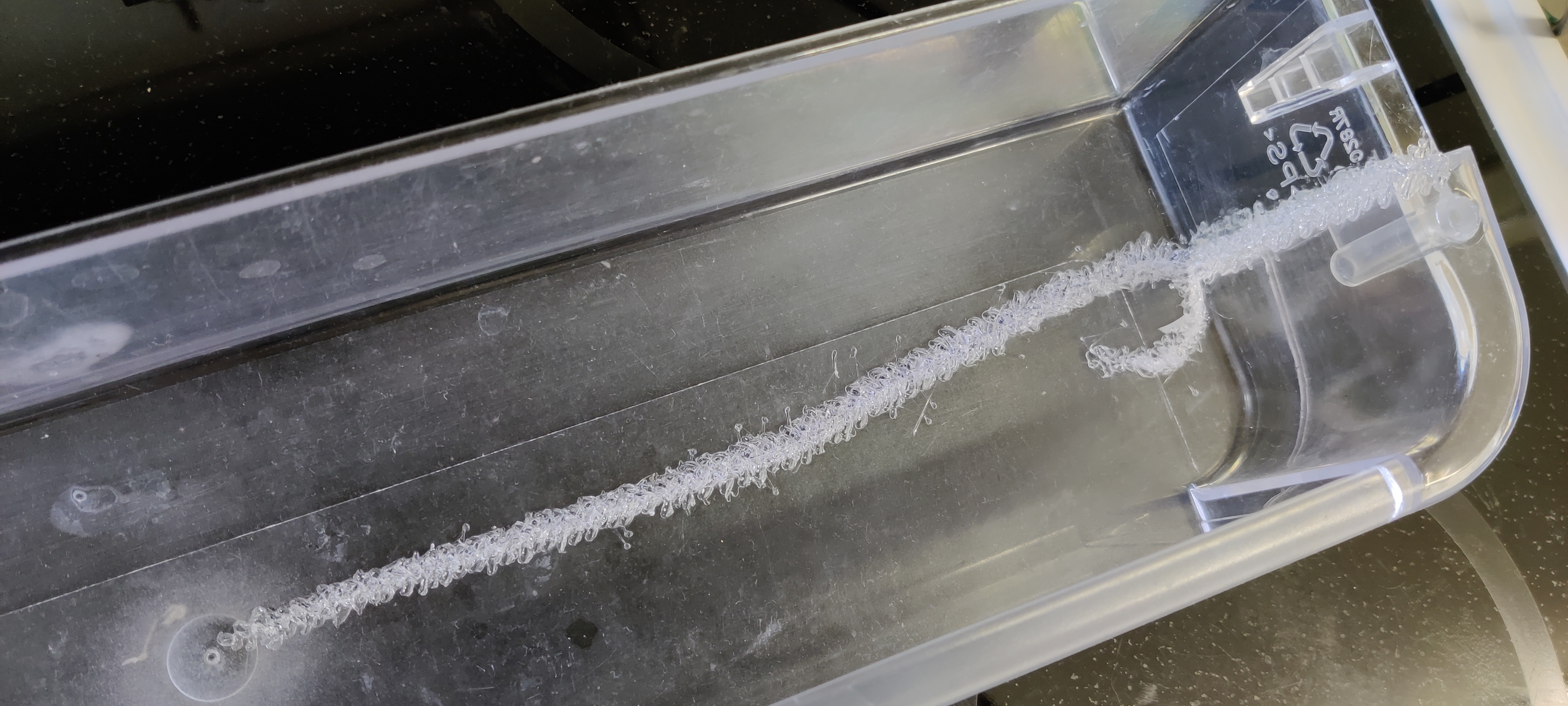Hello,
I have been doing a lot of work remodeling a house I bought. The house was in really rough shape so I was expecting a good bit of work but the last owners laziness and incompetence has really made things worse.
They had the house split into two apartments and we are converting it back to a single home unit. We knocked out a wall and installed new stairs to connect the top and bottom floors. Next we are converting the upstairs kitchen to a laundry room. We have been using the makeshift room for a few months, but we are getting a new washer and dryer. Our current dryer is a compact electric dryer that runs on a 120v outlet. The new will be a standard electric dryer and need a 240v outlet. There is 240v outlet in the room for a range. I am going to pick up a new breaker from lowes with the proper amperage but wanted to check everything else first and I think I ran into an issue with the wire itself.
There are 3 wires, which matches the outlet so I am assuming it is supposed to be 2 hots and a neutral. However, upon closer inspection there is no insulation on the neutral. I peeled back more of the larger insulation around all 3 wires but the neutral wire is uninsulated like it was a ground. Now, I have encountered this in the house elsewhere. Most of the outlets have grounds cut off, but a 3 way switch didn't have the second hot wire so they used the ground as the second hot. I got that "fixed" (I unhooked everything and made it a single switch/light circuit and eliminated the second switch). But I don't know of any 240v wire combinations that would only be 3 wires and include a ground. The wire is definitely thick enough to be 240v wire and each individual wire has multiple "threads" like a 240 wire would. But it is older wire as well so I am not sure if it is just that old that they didn't insulate neutrals when they did this. Is this wire safe to use?
A second, and more minor question, deals with a separate circuit. The house electric is still split and I pay 2 bills, one for upstairs and 1 for downstairs. The upstairs does have an outdoor AC unit on it as well that was installed after we moved in by an HVAC tech so I am trusting that to be installed right. But the entire box for the "upstairs" has 4 breakers. There is a 50amp, 40amp, and 20amp double pole breakers and a 10amp single pole. The 10amp controls a single light and one of the 240v breakers controls the AC. Another controls the range/future dryer outlet. The The 20amp double pole controls everything else upstairs which is ALL 120v. There are a few lights and all of the outlets. Is that safe? Is there a reason to do that? The upstairs is pretty small if that makes a difference, I have just never seen a double pole breaker used for a 120v circuit even if it is pretty large.
Edit: I made the original post on my PC due to the size but I’m adding some pictures from my phone
Edit 2: I am going to buy and run new wire with the new breaker. I showed a picture to my dad and he said nothing matters because that’s an aluminum ground which means the wire needs replaced due to its age regardless. So even if it’s wired wrong now, I am stripping the wire out and putting a new wire and breaker in so it should be done right

